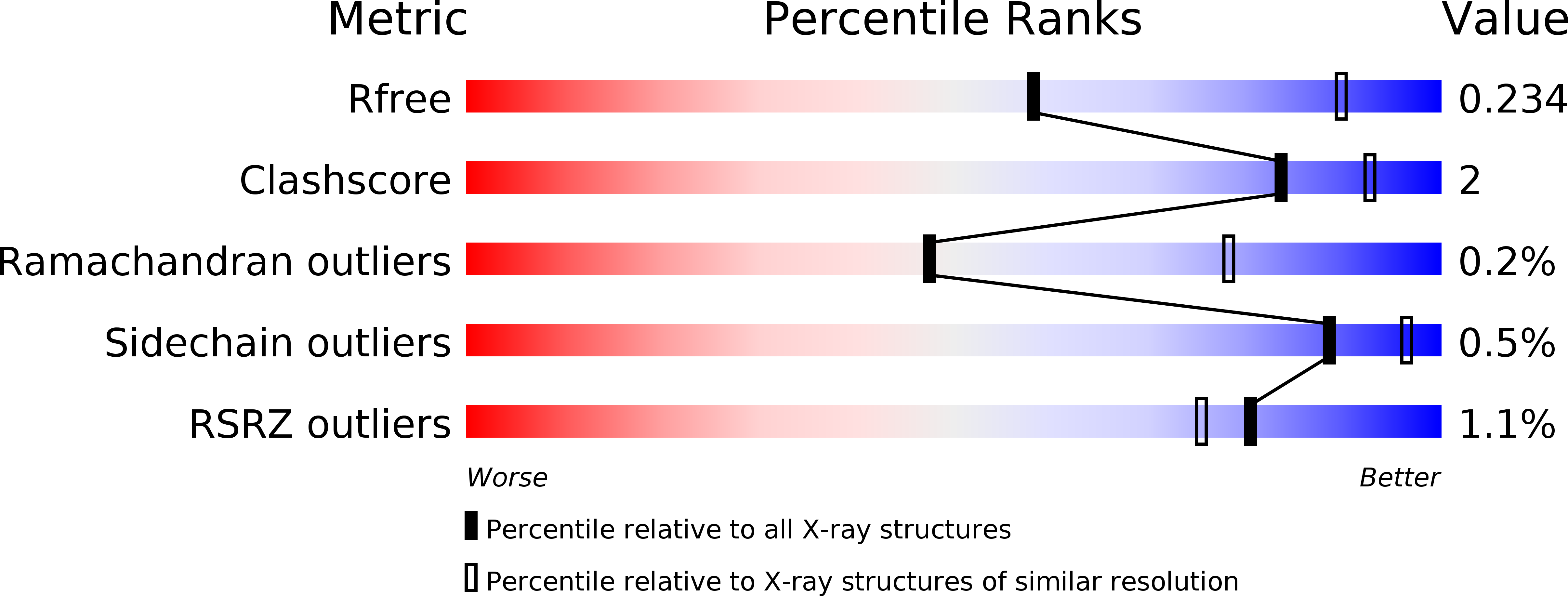
Deposition Date
2013-01-15
Release Date
2013-11-27
Last Version Date
2023-09-20
Entry Detail
PDB ID:
4IRN
Keywords:
Title:
Crystal Structure of the Prolyl Acyl Carrier Protein Oxidase AnaB
Biological Source:
Source Organism:
Oscillatoria sp. (Taxon ID: 272129)
Host Organism:
Method Details:
Experimental Method:
Resolution:
2.80 Å
R-Value Free:
0.21
R-Value Work:
0.18
R-Value Observed:
0.18
Space Group:
P 1 21 1


